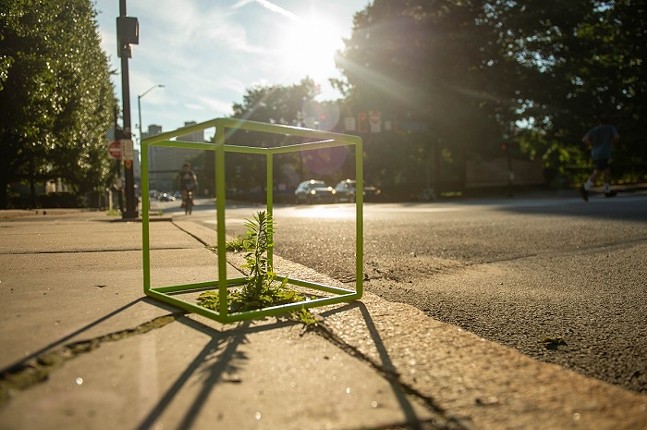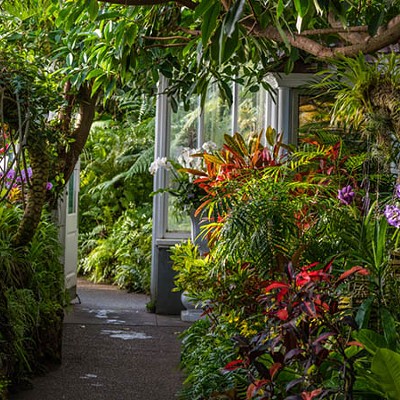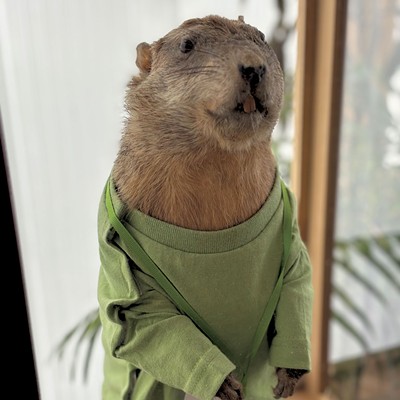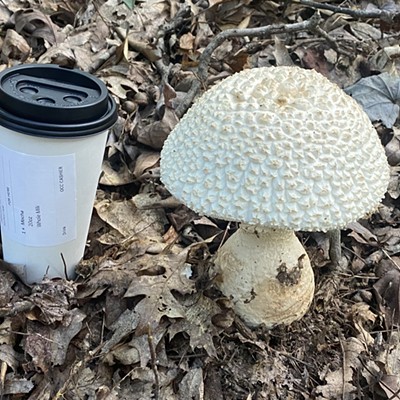
Life in One Cubic Foot follows the research of scientists and photographer David Liittschwager as they "discover what a cubic foot of land or water — a biocube —reveals about the diversity of life on the planet," according to a press release. The show — on view Sat., Oct. 14-Jan. 7, 2024 — was organized by the Smithsonian Institution Traveling Exhibition Service in collaboration with the Smithsonian’s National Museum of Natural History.
The traveling exhibition, which, since its 2021 launch, has already appeared in cities nationwide, including in Colorado, Arkansas, and Washington, features a number of biocubes, described as "one-by-one-by-one-foot framed" cubes through which organisms from the surrounding environment can pass. Each biocube was placed for 24 hours in a different area of the world, providing snapshots of environments ranging from the "coral reefs of French Polynesia and the alien mid-water ocean off the coast of California" to "more familiar locales, like New York City’s Central Park."
One section of Life in One Cubic Foot focuses specifically on the biodiversity of Pittsburgh and Western Pennsylvania.
Visitors can see what the biocubes captured in various photo collages, models, interactive elements, and videos.
Visitors are also encouraged to become citizen scientists by creating and monitoring their own biocubes. A page on the Smithsonian’s National Museum of Natural History website offers tips on how to accomplish this, including instructions on building a biocube with common household materials.
“We hope visitors will experience wonder and curiosity about the diversity of life around the world and especially in their favorite parks and along their daily commutes,” says Gretchen Baker, the Daniel G. and Carole L. Kamin Director of the Carnegie Museum of Natural History. “We encourage them to investigate life outside the walls of our museum, in their own familiar and cherished places. The better we understand life on Earth, the better we recognize its vulnerabilities and the pressing challenges it faces."
Life in One Cubic Foot. Sat., Oct. 14-Jan. 7, 2024. Carnegie Museum of Natural History. 4400 Forbes Ave., Oakland. Included with regular admission. carnegiemnh.org

















